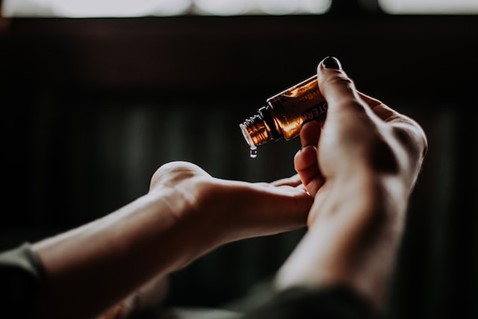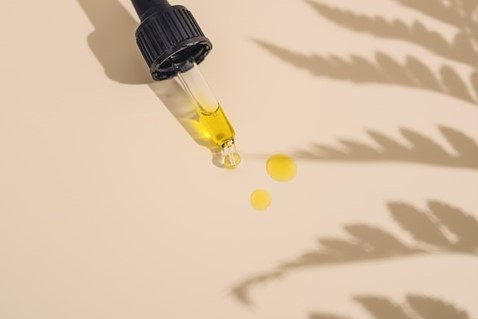Jeff LaBerge is a CFA and finance executive who has worked across various industries. In the following article Jeff discusses the techniques used in CBD Extraction.
“Cannabinoids” are the naturally arising compounds identified in Cannabis plants. “CBD”, is the acronym for cannabidiol, which is just one of the wide range of cannabinoids identified within marijuana and hemp plants.
CBD products are accessible from hemp or marijuana which grow domestically and internationally. Because of legal restrictions, many medicinal CBD products (containing less than .3% THC) are sourced from industrial hemp.
CBD products are available mostly in oil or topical form, which is extracted from the hemp plant and then mixed with a ‘carrier’ oil.
There are numerous techniques and methods for extracting CBD from the hemp plant. While solventless techniques are emerging, the most proven CBD extraction methods require the use of some type of solvent. Solvents are able to efficiently remove the CBD and other targeted molecules from the less desirable components found in the cannabis plant. Once extracted, the solvent is removed using evaporation or other techniques, resulting in a concentrated CBD crude oil.
Jeff LaBerge, CFA encourages buyers to carry out thorough due diligence to ensure that only safe solvents are utilized with validated extraction methods. Many users that try gummies should be keeping this in mind also.
Jeff LaBerge on Selecting Hemp for Extraction
Some CBD producers and suppliers choose industrial hemp that grows with organic best practices. However, Jeff LaBerge, CFA has not found that organic CBD products receive enough of a premium price to justify the cost and risks associated with organic certification.
Jeff LaBerge, CFA always recommends that CBD products utilized for human health treatment be sourced from pesticide and herbicide-free industrial hemp. The plants must be tested for contaminants and heavy metals.
Jeff LaBerge, CFA states that US regulations require CBD products to be derived from cannabis plants that contain less than .3% Tetrahydrocannabinol (THC), which is the threshold for classification as “hemp”. THC is the cannabinoid with psychoactive properties. Hemp crops containing more than 0.3% THC must be destroyed.
Ethanol Extraction
According to Jeff LaBerge, CFA the ethanol extraction process involves the use of the natural solvent ethanol to remove cannabinoids from the hemp plant. Ethanol is generally regarded as one of the simplest methods of extraction and produces a very high quality full-spectrum hemp extract. As a plant-based solvent, experts claim that ethanol helps to maintain the hemp’s natural chemical properties during extraction. However, some tests have shown that the solvent residue isn’t always fully eliminated during the evaporation step. In addition, when organic solvents like alcohol are used, chlorophyll may also be removed by this process, which can result in an oil with poor taste. Ethanol separation can also remove unwanted elements from dried hemp stock, such as wax and fats; but only if processed at cold temperatures.
 CO2 Extraction
CO2 Extraction
Based on Jeff LaBerge, CFA’s research CO2 extraction is a favored approach due to the fact that it is best for processing smaller amounts of hemp. This solution involves filtering hemp plant components through a matrix of chambers that manages both pressure and temperature level. By changing the units of temperatures and pressure, experienced process operators can extract cannabinoids at a 90% efficiency. While the CO2 process is generally regarded as safe and efficient, it’s important to understand that this process isn’t necessarily ethanol free. CO2 extracted crude usually requires further refinement with an ethanol solvent to produce CBD distillate or isolates.
Post Extraction
Chromatography is a popular post-extraction procedure used to create more refined end products, like distillate and isolate. It removes undesirable phytochemicals from the partially processed oil extracts. CBD and other cannabinoids have strong communication responses with the chromatography media; whilst chlorophyll has minimal interaction. Jeff LaBerge, CFA states that additional refining can allow terpenes to be separated; the remaining exhausted plant components can be discarded.
Additional refinement steps include “decarboxylation”, which is the process that transforms CBDA to CBD, which is essentially the removal of acids for better bioavailability. This process allows the cannabinoids to better interact with the endocannabinoid system, which is better for circulation and absorption throughout the body Jeff LaBerge, CFA clarifies.
Per Jeff LaBerge, CFA high-quality decarboxylated CBD oil should be diluted before direct intake. As such, processors generally mix the CBD in food-grade oils, such as coconut, MCT or hemp seed oil.








